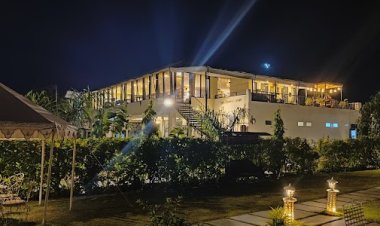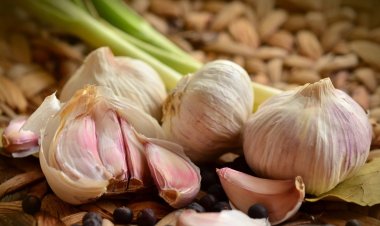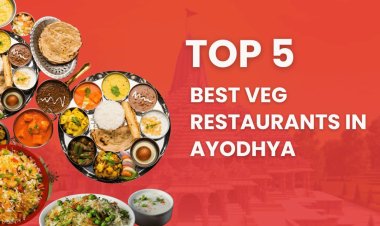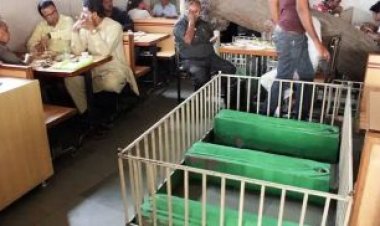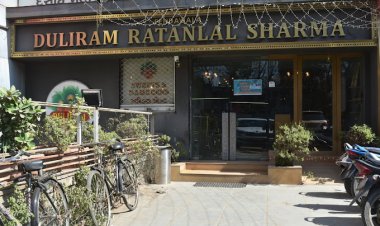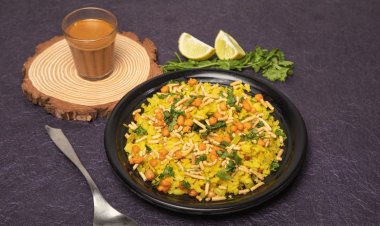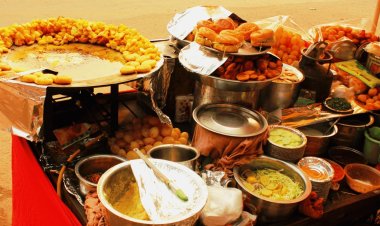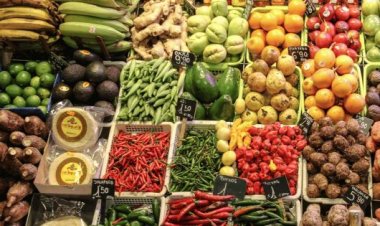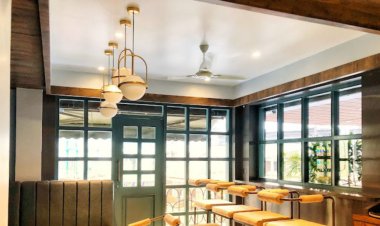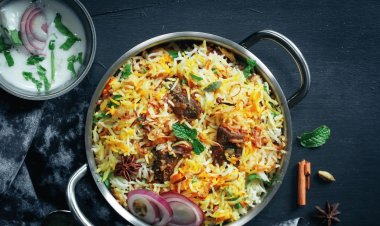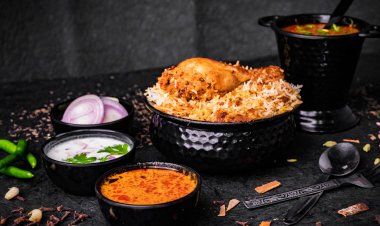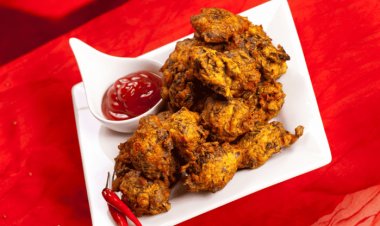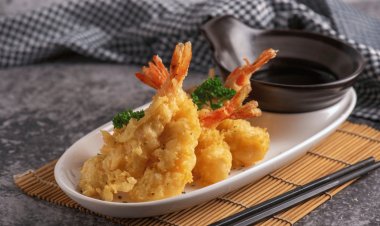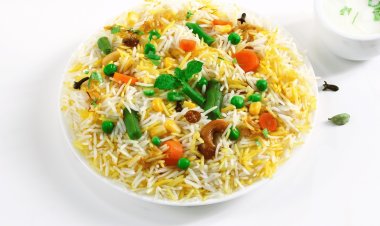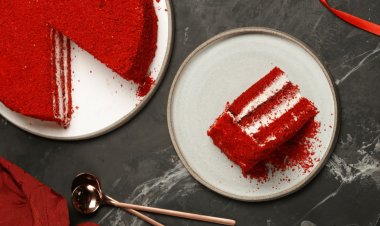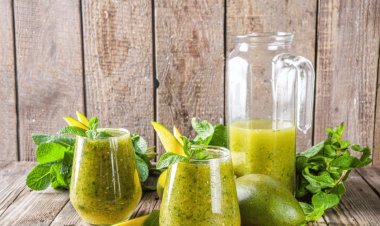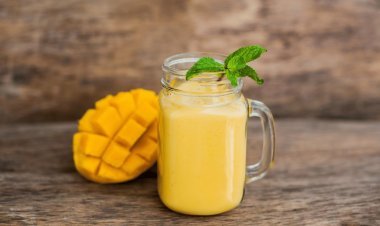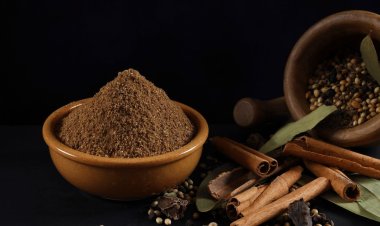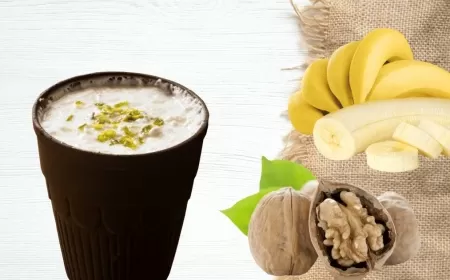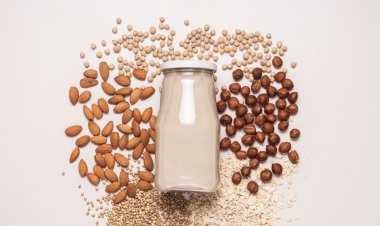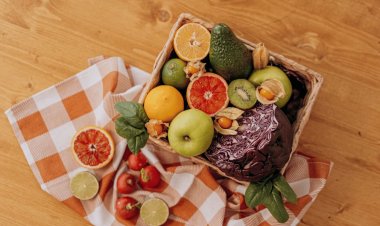How Sambhaji Maharaj Inspired the Accidental Invention of Sambhar – A Royal Culinary Tale You Must Read
Know the fascinating history of Sambhar, a South Indian delicacy that originated in the 17th-century Maratha royal kitchen. Learn about its evolution, variations, and health benefits.
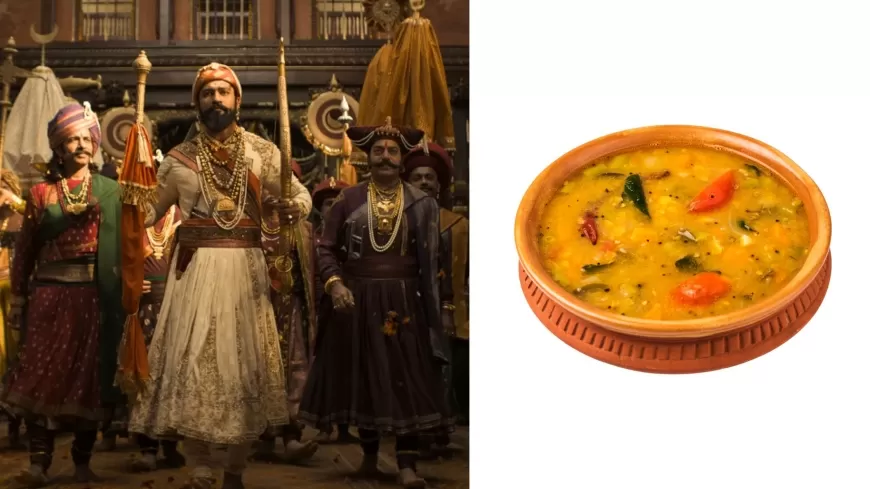
Sambhar, the soul-warming, tangy, and spicy lentil-based stew, is an indispensable part of South Indian cuisine. It is a dish that complements idlis, dosas, and rice with its rich flavors and aromatic spices. But did you know that this beloved dish has an intriguing history that traces back to the royal kitchens of the Maratha Empire?
The Accidental Invention: A Story from the 17th Century
The origins of Sambhar date back to the 17th century, during the reign of the Maratha ruler Shahuji Bhonsle, who governed the Thanjavur region in Tamil Nadu. According to historical anecdotes, the dish was accidentally created in his royal kitchen.
Shahuji Bhonsle, a great admirer of Maharashtrian cuisine, had a special fondness for Amti, a traditional Maharashtrian dal flavored with kokum. One day, while preparing Amti, the kitchen ran out of kokum, an essential ingredient that provided the dish with its characteristic tanginess. The royal chef, in an attempt to improvise, decided to use tamarind pulp instead. He also experimented with local South Indian spices like mustard seeds, curry leaves, and asafoetida. The result? A completely new dish with an irresistible taste, which was named Sambhar, supposedly after Sambhaji, the son of Chhatrapati Shivaji Maharaj.
The Evolution of Sambhar
As time passed, Sambhar became a staple in Tamil Nadu and gradually spread to the other states of South India, including Kerala, Karnataka, and Andhra Pradesh. Each region added its unique touch, leading to various adaptations of the dish.
-
Tamil Nadu Sambhar: Typically prepared with a variety of vegetables like drumsticks, carrots, and pumpkins, and often paired with idlis and dosas.
-
Karnataka Sambhar: Slightly sweeter due to the addition of jaggery and ground coconut.
-
Kerala Sambhar: Uses coconut paste, making it richer and creamier.
-
Andhra Pradesh Sambhar: Spicier in flavor, with an extra kick of red chilies and tamarind.
Key Ingredients and Preparation
The essential ingredients of Sambhar include toor dal (pigeon peas), tamarind pulp, vegetables, and an aromatic blend of Sambhar powder, which consists of coriander seeds, cumin, dried red chilies, fenugreek, and curry leaves. The dish is tempered with mustard seeds, asafoetida, and curry leaves, giving it a burst of flavor.
Health Benefits of Sambhar
Beyond its irresistible taste, Sambhar is also a powerhouse of nutrition.
-
Rich in Proteins: Toor dal provides a good amount of plant-based protein.
-
Packed with Vitamins & Minerals: The variety of vegetables contributes essential nutrients.
-
Good for Digestion: Tamarind and asafoetida aid digestion.
-
Low in Calories: Making it a perfect dish for a healthy diet.
(You can now subscribe to our Indian Food Times WhatsApp channel)
What's Your Reaction?
 Like
0
Like
0
 Dislike
0
Dislike
0
 Love
0
Love
0
 Funny
0
Funny
0
 Angry
0
Angry
0
 Sad
0
Sad
0
 Wow
0
Wow
0




















